Flavors of Linux Cheat Sheet
Overview
Linux, the open-source operating system, has gained immense popularity over the years due to its flexibility, security, and the wide range of options it offers to users. One of the key strengths of Linux is its ability to be customized and tailored to specific needs, resulting in the creation of various "flavors" or distributions. These flavors, often referred to as Linux distros, provide different combinations of software packages, desktop environments, and system configurations. In this article, we will delve into the fascinating world of Linux flavors, exploring their diversity and highlighting some popular examples.
Introduction
Linux is an operating system kernel developed by Linus Torvalds in the early 1990s. However, Linux, as we know it today, is not just the kernel; it is a complete operating system when combined with other software components. This is where Linux flavors come into play. Different groups and organizations have taken the Linux kernel and built their distributions, each tailored to specific use cases, preferences, or target audiences.
Flavors of Linux
Ubuntu
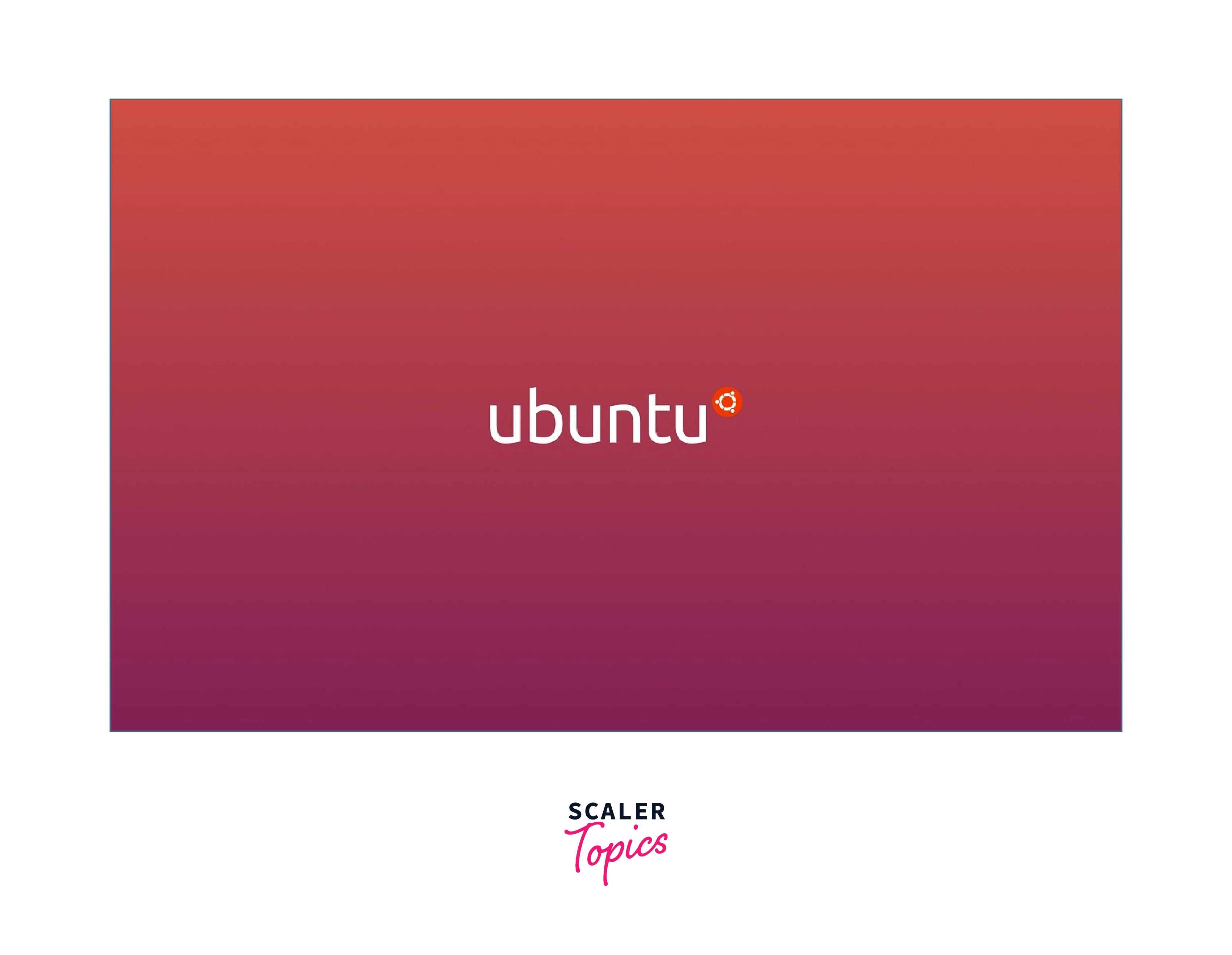
Ubuntu is a popular Linux distribution that has made significant contributions to the open-source community. This is one of the Linux Flavours. With its user-friendly interface and extensive software repository, Ubuntu has attracted a large user base, ranging from beginners to experienced users.
One of Ubuntu's standout features is its emphasis on accessibility. The distribution strives to provide an intuitive and seamless experience for users, making it an ideal choice for those transitioning from other operating systems. Its sleek and polished desktop environment, whether Unity or GNOME, offers a familiar interface that is easy to navigate.
Ubuntu's software repository is a treasure trove of applications, offering a vast range of options for various needs. From productivity tools and multimedia software to development environments, users can find and install the software they require with just a few clicks.
Fedora
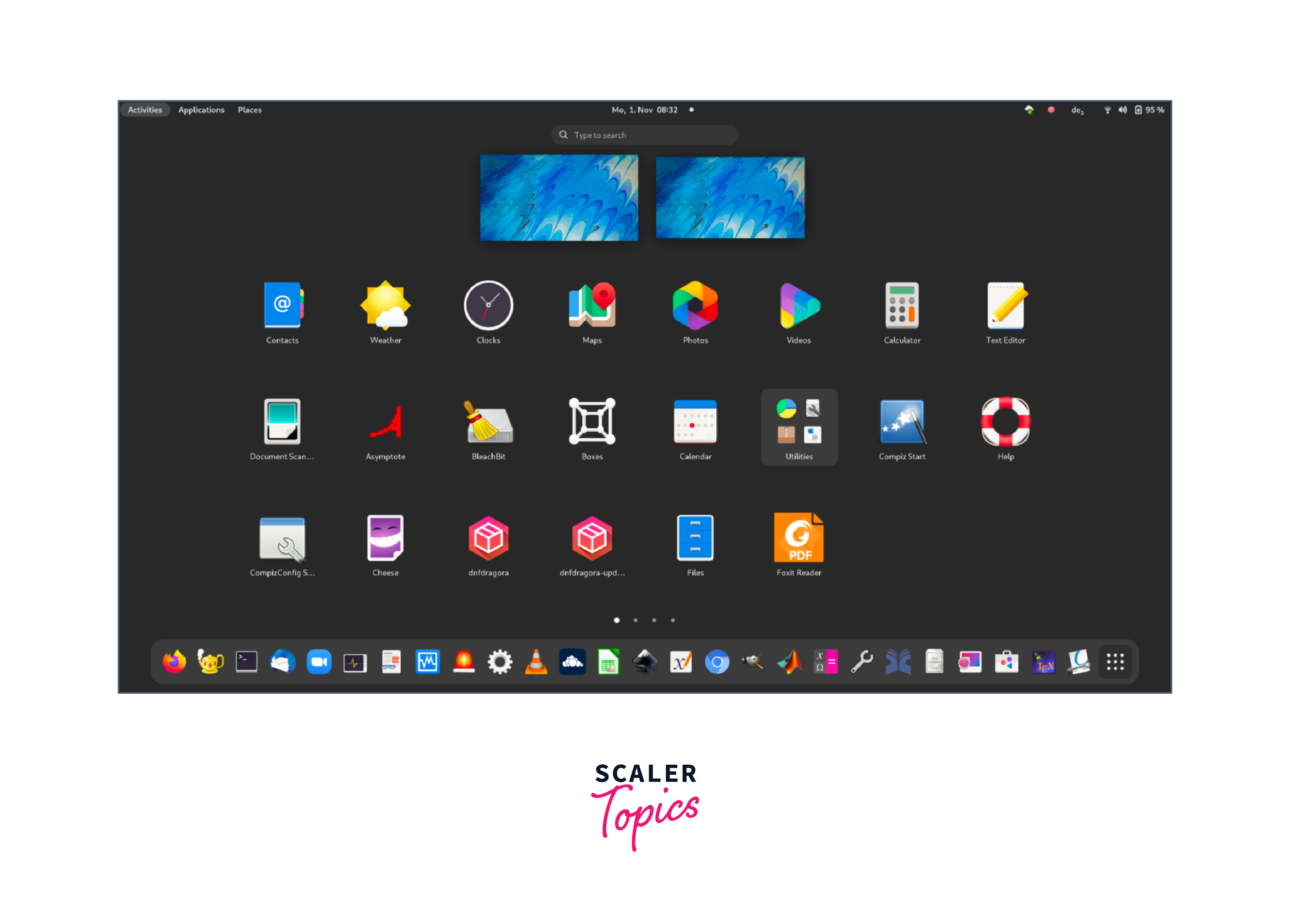
Fedora is a Linux distribution and is one of the Linux flavors that stands out for its commitment to cutting-edge technologies and its role as a testing ground for future innovations in the Linux ecosystem. Developed by the Fedora Project and sponsored by Red Hat, Fedora aims to deliver the latest advancements in open-source software to its users.
One of the standout features of Fedora is its emphasis on staying up-to-date with the latest software releases. It provides a platform for developers and enthusiasts to experiment with new technologies and contribute to their development. This focus on innovation has made Fedora a preferred choice for those who want to explore the bleeding edge of Linux.
Fedora offers a range of editions to cater to different user preferences. The default edition, Fedora Workstation, is tailored for desktop users and developers, featuring the GNOME desktop environment. It provides a user-friendly and visually appealing interface, along with a comprehensive set of tools and applications for productivity, development, and multimedia tasks.
Linux Mint
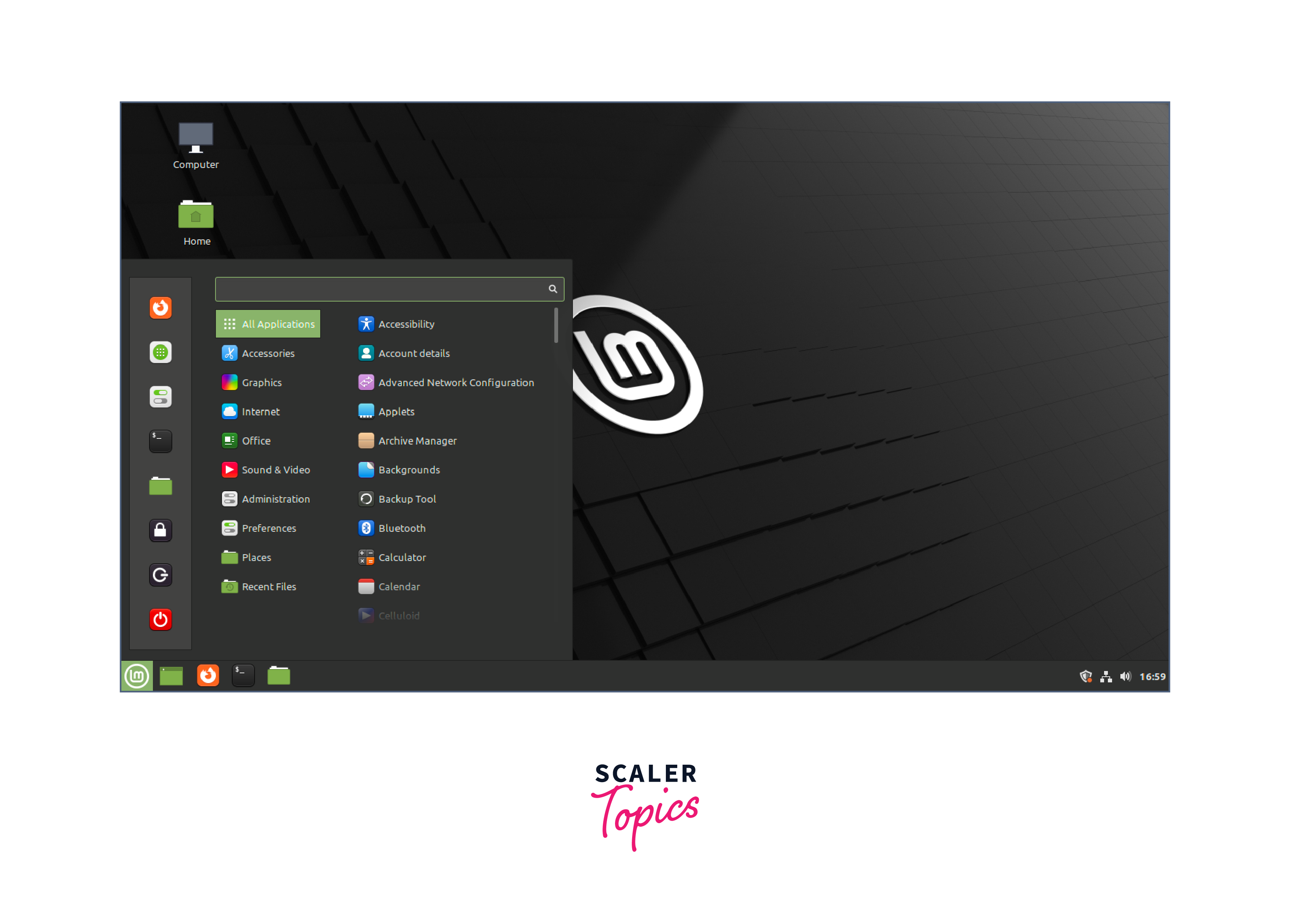
Linux Mint is a user-friendly Linux distribution and one of the Linux flavors designed to provide a smooth and familiar experience for users transitioning from other operating systems, particularly Windows. It is known for its focus on simplicity, elegance, and ease of use. Linux Mint offers a polished and intuitive desktop environment, primarily using the Cinnamon desktop environment, which provides a traditional desktop layout similar to what Windows users are accustomed to.
One of the key features of Linux Mint is its out-of-the-box multimedia support, including codecs and proprietary software. This makes it convenient for users who want a seamless multimedia experience without the need for additional installations or configurations.
Linux Mint also benefits from its close association with Ubuntu, utilizing Ubuntu as its foundation while adding its unique features and customization. It leverages Ubuntu's extensive software repository, ensuring a wide range of applications and packages are readily available for users.
Debian
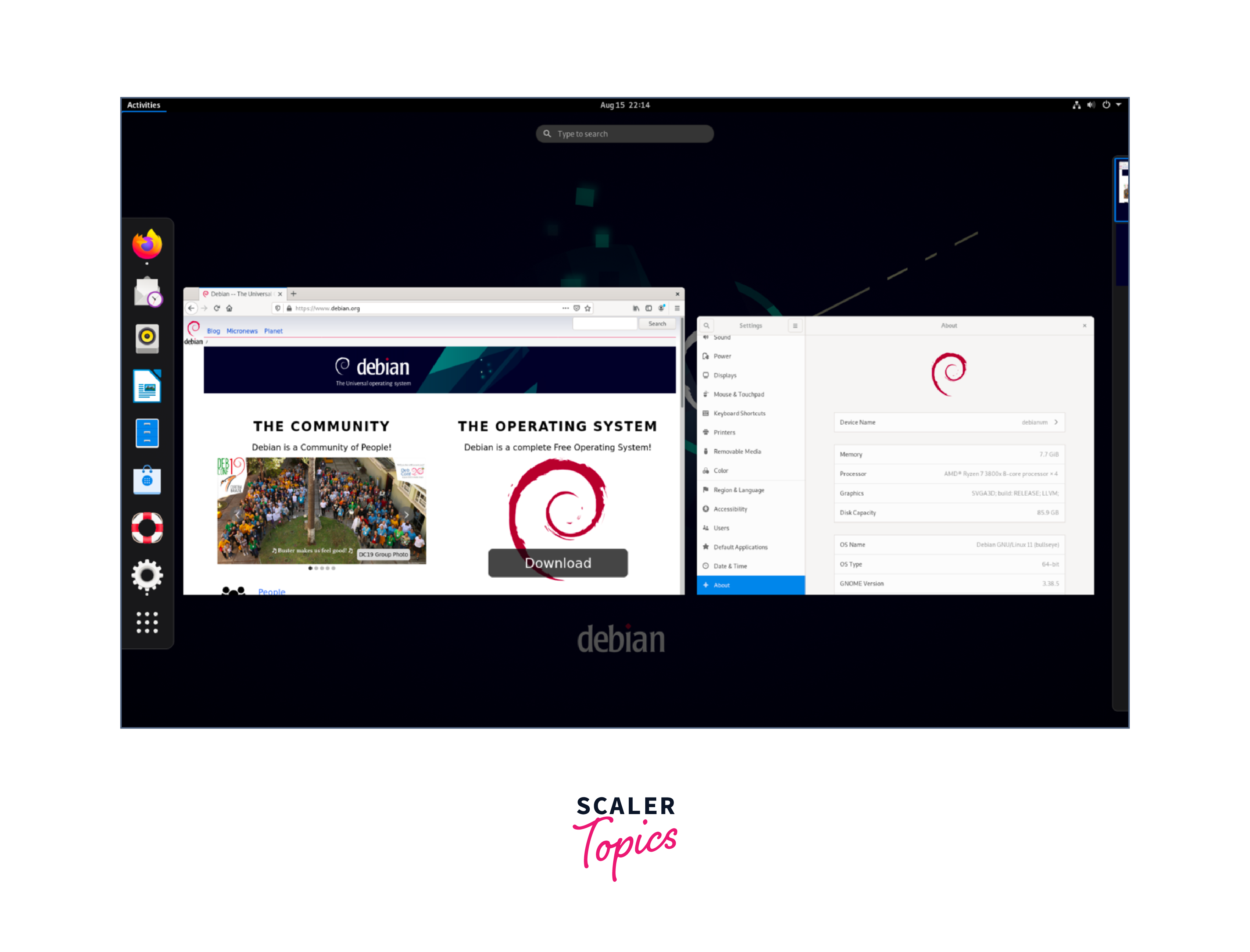
Debian is a highly respected and versatile Linux distribution one of its popular Linux flavors known for its commitment to the principles of free and open-source software. It has a rich history, dating back to 1993, and has since become one of the most influential and widely used distributions in the Linux ecosystem.
One of Debian's distinguishing features is its stability. The Stable branch of Debian is designed for production environments and emphasizes reliability over the latest software updates. It undergoes extensive testing and is supported with security updates for an extended period, making it a reliable choice for servers and mission-critical systems. Debian also offers Testing and Unstable branches for users who desire more cutting-edge software.
Debian's package management system, APT (Advanced Package Tool), is renowned for its simplicity and efficiency. It allows users to easily install, update, and manage software packages, ensuring a smooth and streamlined experience. Debian's repositories provide an extensive collection of software, ranging from essential system utilities to a wide variety of desktop applications.
Arch Linux
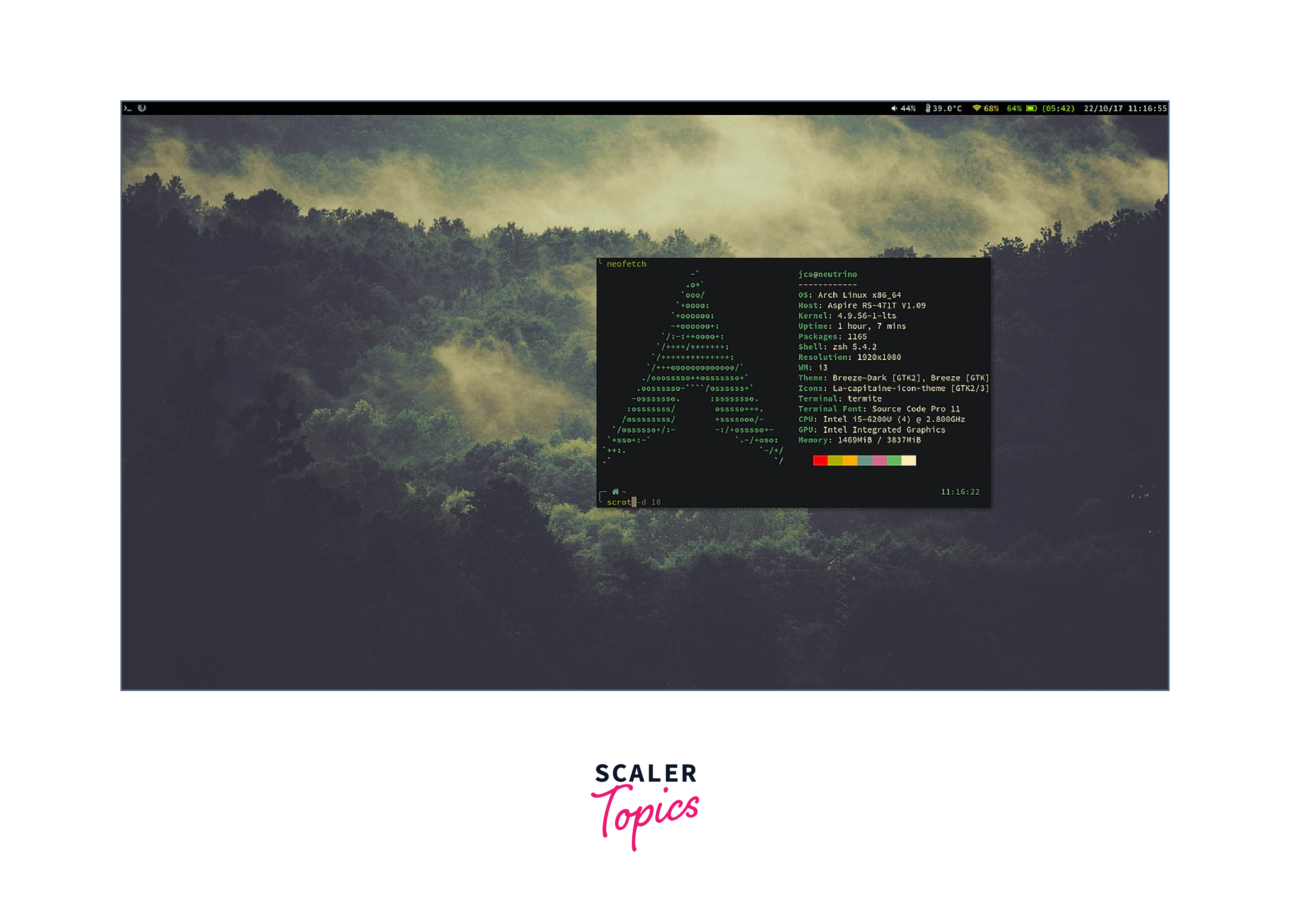 Arch Linux is a lightweight and highly customizable Linux distribution and one of the Linux flavors known for its simplicity, flexibility, and user-centric approach. It follows a rolling release model, meaning that users have access to the latest software updates without the need for periodic version upgrades.
Arch Linux is a lightweight and highly customizable Linux distribution and one of the Linux flavors known for its simplicity, flexibility, and user-centric approach. It follows a rolling release model, meaning that users have access to the latest software updates without the need for periodic version upgrades.
One of the defining characteristics of Arch Linux is its minimalistic design. The base installation provides users with a bare-bones system, allowing them to build their personalized environment from the ground up. Arch Linux adheres to the "do-it-yourself" philosophy, empowering users to have complete control over their system and select only the packages and components they need.
Arch Linux's package manager, called Pacman, is renowned for its efficiency and speed. Pacman simplifies package management by handling dependency resolution, installation, removal, and updates with a straightforward command-line interface. Additionally, the Arch User Repository (AUR) provides a vast collection of user-contributed packages, expanding the software options available to users.
openSUSE
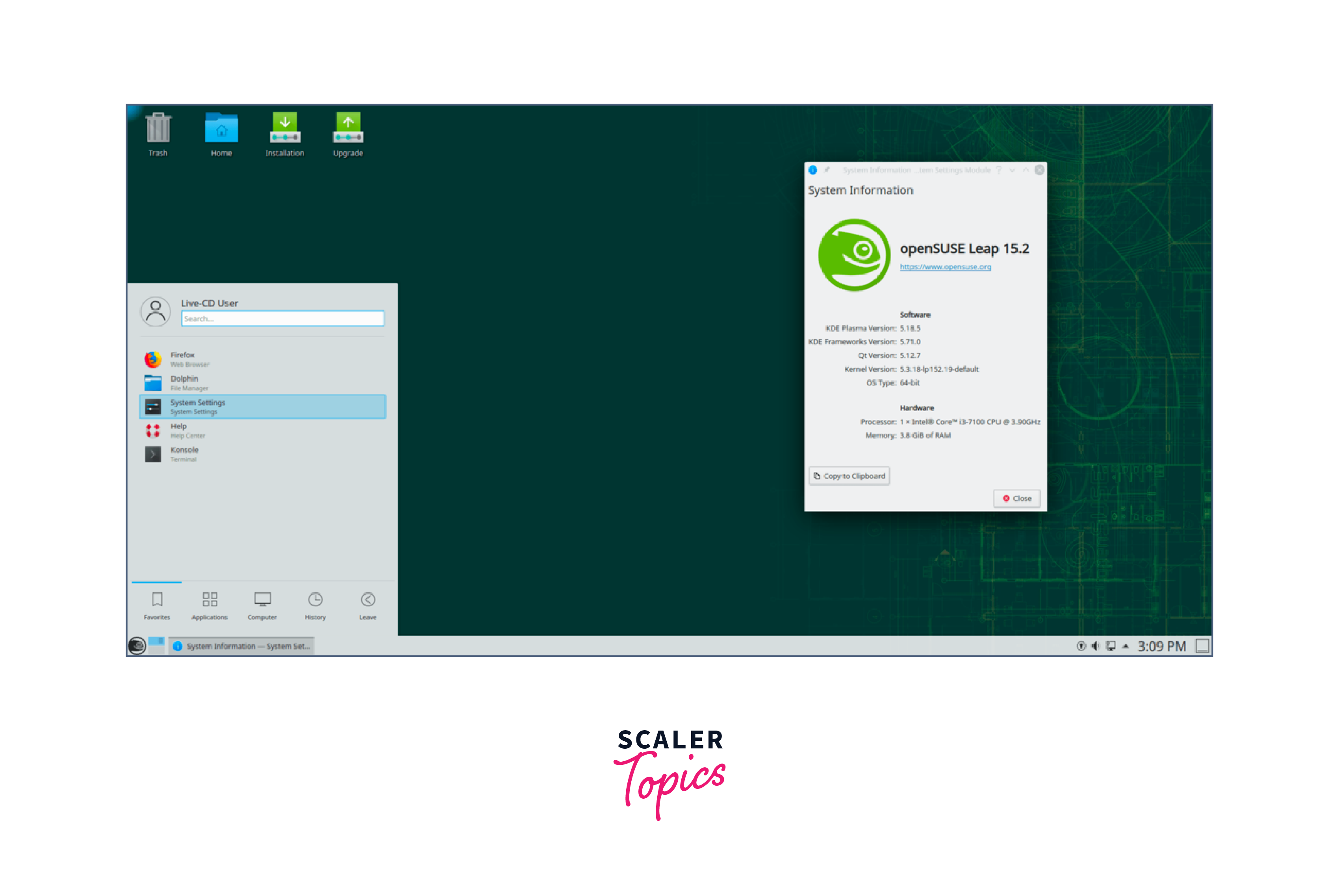 openSUSE is a versatile and community-driven Linux distribution and one of the Linux flavors known for its stability, flexibility, and user-friendly experience. It offers two main editions: Leap and Tumbleweed, catering to different user preferences and use cases.
openSUSE is a versatile and community-driven Linux distribution and one of the Linux flavors known for its stability, flexibility, and user-friendly experience. It offers two main editions: Leap and Tumbleweed, catering to different user preferences and use cases.
openSUSE Leap follows a conservative release model, providing a stable and reliable operating system that is well-suited for enterprise environments and users who prioritize long-term support. Leap focuses on tested and proven software packages, ensuring compatibility and stability without compromising security updates.
On the other hand, openSUSE Tumbleweed adopts a rolling release model, offering the latest updates and cutting-edge software packages. Tumbleweed provides users with a continuously updated system, ensuring access to the latest features and improvements in the Linux ecosystem. It is an excellent choice for users who value staying at the forefront of technology.
CentOS
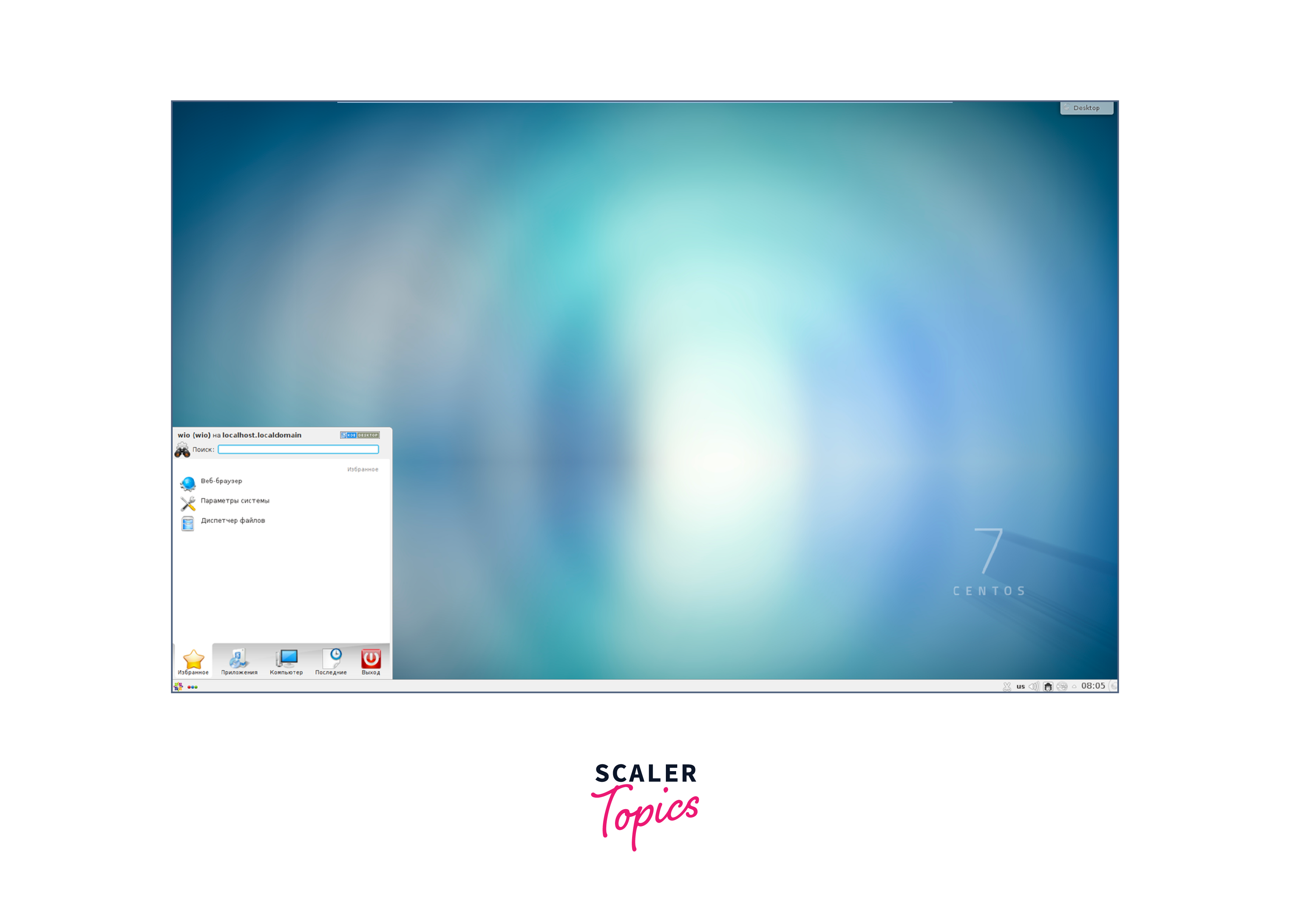
CentOS (Community Enterprise Operating System) is a highly respected and widely used Linux distribution and one of the Linux flavors known for its stability, security, and long-term support. It is based on the sources of Red Hat Enterprise Linux (RHEL) and aims to provide a free and open-source alternative with similar reliability and compatibility.
One of the key strengths of CentOS is its focus on stability. It is designed to be a rock-solid operating system, making it a preferred choice for servers and production environments. CentOS follows a conservative approach to software updates, prioritizing security patches and bug fixes over introducing new features. This ensures a reliable and predictable platform that remains compatible with RHEL.
CentOS benefits from its close relationship with the upstream development of RHEL. It is binary-compatible with RHEL, meaning that packages and applications built for RHEL can be used seamlessly on CentOS. This compatibility makes CentOS a trusted choice for organizations that rely on RHEL-based software.
CentOS provides long-term support with regular updates and security patches, ensuring that systems remain stable and secure over extended periods. This makes it an ideal choice for enterprise environments where reliability and security are critical.
Conclusion
-
Linux, with its diverse Linux flavors, offers something for everyone.
-
Whether you're a beginner looking for a user-friendly experience or an advanced user seeking customization and control, there is a Linux distribution` to suit your needs.
-
The flavors mentioned in this article are just a glimpse of the wide range of options available.
-
Each distribution brings its own set of features, design choices, and community support`.
-
So, explore the flavors of Linux, experiment with different distributions, and find the one that resonates with you.
